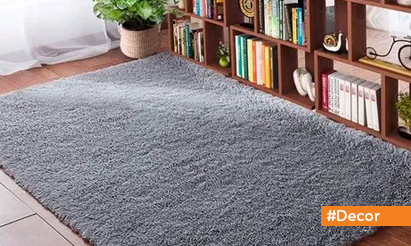A Closer Look at Varnish Paint: Types and Techniques!
When it comes to enhancing and protecting wood surfaces, varnish paint is a trusted choice. Varnish is a versatile finish that not only adds a glossy sheen but also acts as a shield, safeguarding wood from environmental elements. In this comprehensive guide, we’ll delve into the world of varnish paint, exploring its various types, application methods, and the advantages it offers.
Types of Varnish Paint:
- Oil-Based Varnish: This classic varnish is crafted by mixing natural or synthetic resins with drying oils, such as linseed or tung oil. It is renowned for its durability and glossy finish. Over time, it develops a warm amber tint.
- Water-Based Varnish: Water-based varnishes have gained popularity due to their low toxicity and easy cleanup. They provide a crystal-clear, non-yellowing finish and have quick drying times.
- Spar Varnish: Designed for outdoor use, spar varnish contains UV absorbers and additives that shield wood from harsh sunlight, moisture, and temperature fluctuations.
- Polyurethane Varnish: Available in both oil-based and water-based forms, polyurethane varnish is versatile and resilient. It offers excellent resistance to wear and is suitable for high-traffic areas.
Application of Varnish Paint:
Before applying varnish paint, follow these essential steps:
- Surface Preparation: Ensure the wood surface is clean, dry, and free from dust or contaminants. Sand the wood to achieve a smooth finish.
- Staining (Optional): If you wish to add color to the wood, apply wood stain before varnishing. Allow it to dry completely.
- Applicator Choice: Common applicators include brushes, rollers, or sprayers. Your choice depends on the project’s size and type.
- Apply Varnish: Apply a thin, even coat of varnish in the direction of the wood grain. Avoid overbrushing, as it can lead to streaks and bubbles.
- Drying and Sanding: Allow the first coat to dry following the varnish manufacturer’s instructions. Lightly sand the surface with fine-grit sandpaper to remove any imperfections.
- Repeat Coats: For optimal results, apply multiple coats (typically 2-3), sanding in between coats. Follow recommended drying times.
Advantages of Varnish Paint:
- Enhanced Aesthetics: Varnish elevates the natural beauty of wood, accentuating its grain and color.
- Durability: It forms a protective layer that resists scratches, water, UV rays, and temperature variations.
- Ease of Maintenance: Varnished surfaces are easy to clean and maintain; a simple wipe with a damp cloth keeps them looking pristine.
- Versatility: Varnish is suitable for various wood surfaces, from furniture to floors to marine applications.
In conclusion, varnish paint is a versatile and protective finish for wood surfaces, offering a blend of aesthetics and durability. With different types to choose from and straightforward application methods, it is an invaluable asset for both DIY enthusiasts and professional woodworkers. Whether you’re refinishing your hardwood floors or preserving outdoor furniture, varnish paint can help you achieve a stunning and long-lasting result.
Disclaimer: The views expressed above are for informational purposes only based on industry reports and related news stories. PropertyPistol does not guarantee the accuracy, completeness, or reliability of the information and shall not be held responsible for any action taken based on the published information.




